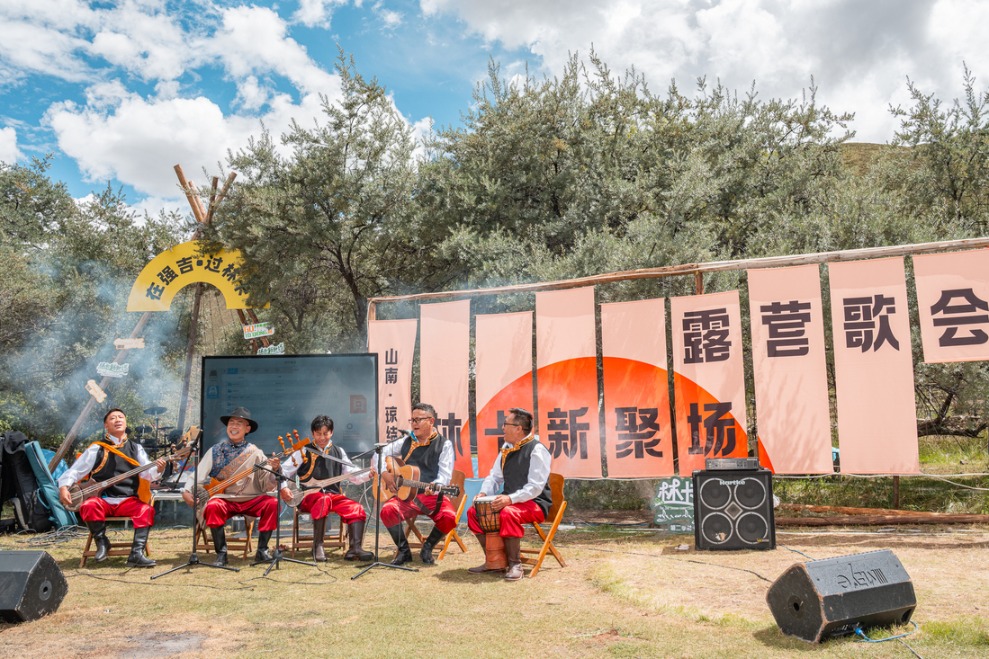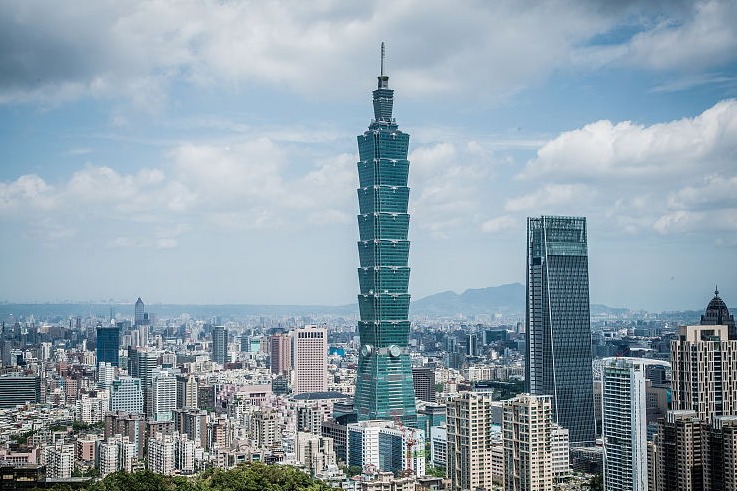Sanya eyes global tourism role, mayor says

South China’s island coastal city Sanya aims to become a world-class tourism destination and a flourishing consumption market by improving facilities and services, said A Dong, mayor of the city on the sidelines of the ongoing first session of the 13th National People’s Congress on Tuesday.
As introduced by the mayor, Sanya, at the southern tip of Hainan island, receives an average of 20 million tourists each year and during the past Spring Festival, from Feb 15-21, it received more than one million people.
En route to becoming an international tourism destination, the mayor admitted that the city has met many problems, but vowed to raise the quality of tourism services and facilities.
To make it a desirable destination for global tourists, the mayor said that a good environment is the key factor and industries related to tourism will be upgraded.
“To guarantee a constant good quality of air and beach, Sanya will always reject being a wonderland of real estate developers," he stressed.
In addition, the mayor said globally known theme parks and beautiful villages with charming characteristics will be developed to lure tourists.
"The city will be more internationalized in terms of tourism services," said the mayor who vowed international standards. “Additional international airline routes will be available in the future."
The city also plans to fully adopt a cashless payment system.
"We will speed up the construction of a world-class coastal tourism destination," said the mayor. "We hope that the tourists from home and aboard in Sanya will stay longer and want to come back again."
?
- Global engineering congress to be held in Shanghai
- 'Lingka' custom in Xizang evolves into new form of cultural tourism, vibrant lifestyle
- From logging to guardianship: How China protects green source of its 'mother river'
- China rescues 10 Myanmar seafarers in South China Sea
- Qingdao sees surge in travelers to S Korea under its temporary visa-free policy
- China's 2025 box office surpasses 2024's full-year gross





































